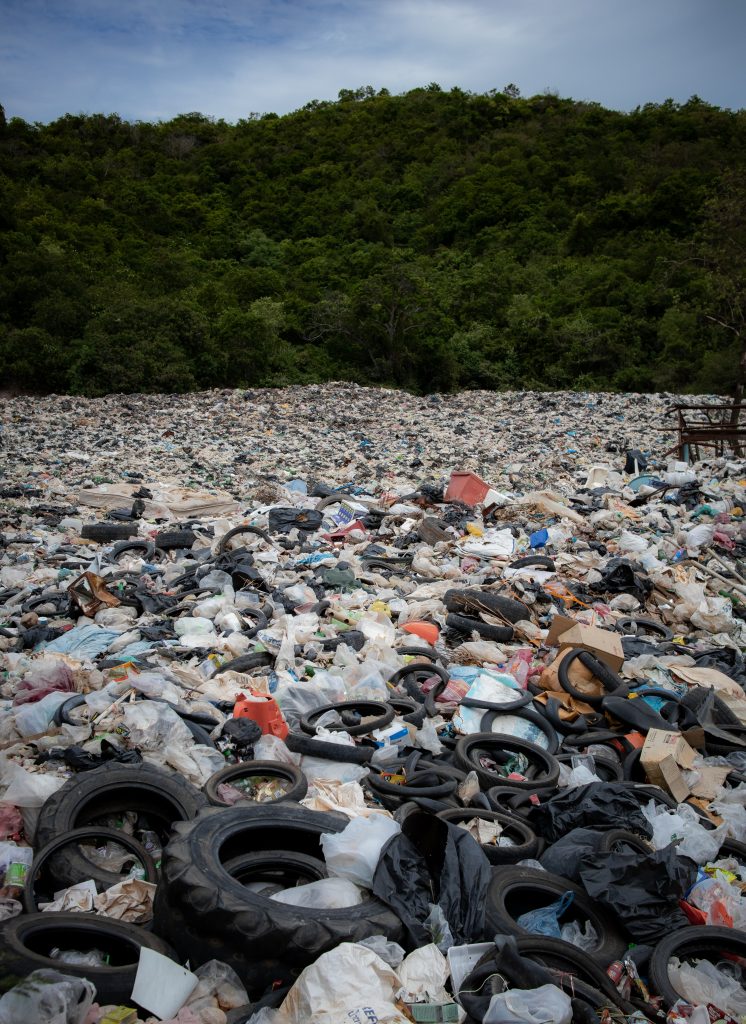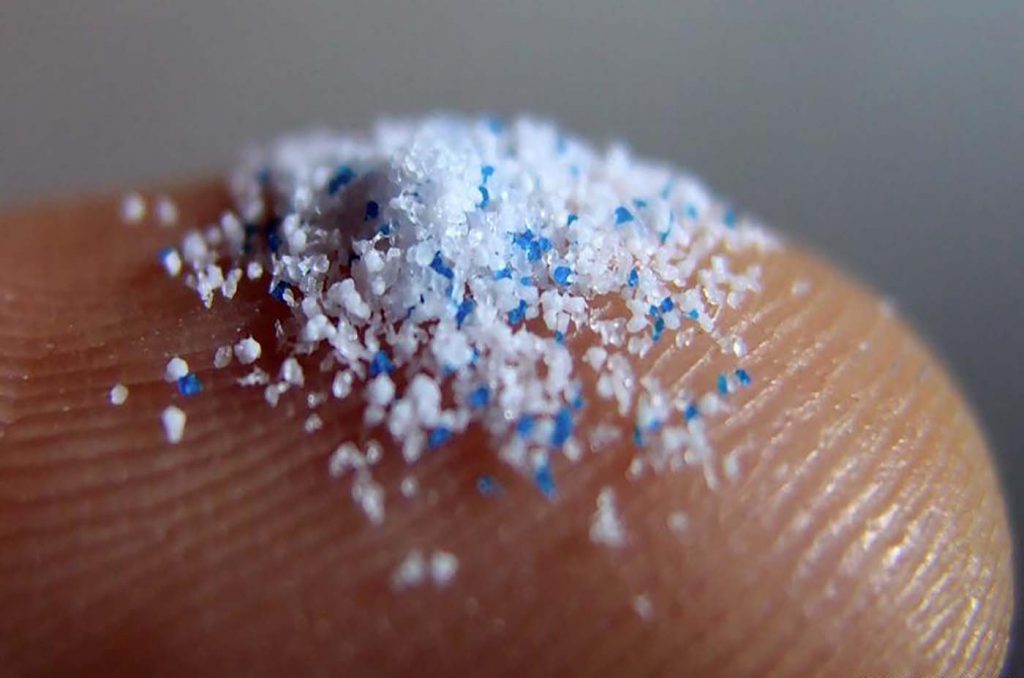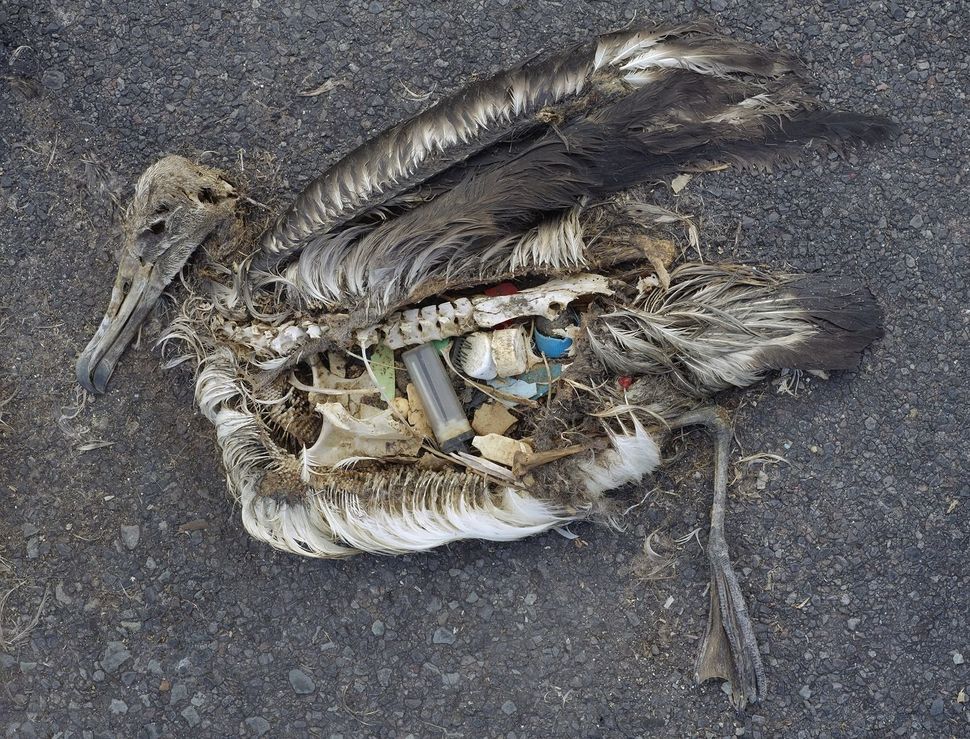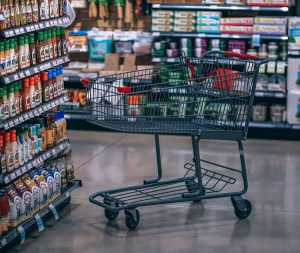We are back. We took some time off and didn’t post to enjoy summer and life outside of the digital world. But we are back, and we have some interesting new topics we want to write about here on Spross. As you know, we are always trying to give you some interesting and broad insights into topics of our daily life and things that affect everyone of us.
Let’s dive into the single-use plastic problem, shall we? First, let’s answer the question, what is single-use plastic? As the name suggests, single-use plastic are plastic items that are thrown away right after we use them, usually once. So for example: plastic bags, water bottles, food packaging and many more things. We, as consumers, buy a bag of apples and at then at home we usually throw away the plastic bag after removing the apples. This plastic item had one use and it is thrown away afterwards. So, if you add things like that up, we end up with 300 million tons of plastic each year. Sounds like an insane amount of plastic that is just used once and then thrown away. Many stores have already banned plastic bags and a lot of other plastic items like straws and that is a great start. But it’s not enough. If you go to other, more underdeveloped, poorer countries, they tend to use the cheapest way to distribute food and other resources and therefore use plastic. Which again is thrown away after one single use.

You see the problem? We produce plastic so fast only for the purpose to use it once and throw it away. Sure, it’s nice to reuse plastic containers or bags for some time but in the end, it will still be around in over 400 years. Fun, right? It comes down to us as consumers to consciously choose products at the store that don’t use plastic and it’s up to us to let our local stores know that we don’t like plastic packaging and overall be more aware of what you buy and how it is packaged. Sure, the industry must change, and it is already starting to. But we can only do so much and therefore we need to consciously choose plastic free products or products containing biodegradable plastic.
We all know that almost all plastic ends up in the ocean and our oceans are slowly dying. We kill ocean animals who eat the plastic and suffer a gruesome death. It’s not only animals that consume the plastic, but rather, we all do. Scientists suggest that we eat up to 50,000 plastic particles a year. It’s not only in our food and water but we also breathe it. Plastic is found in the most rural areas of our planet and scientists think that it got there over the air pollution. We probably eat even more plastic than that, since in bottled water you can find an even higher amount of plastic than in tap water. And scientists are not even sure about the long term effects of plastic in our bodies. Since we can’t digest it, it either stays in our bodies or comes out again.

It is kind of scary that we created something that not only destroys our planet, but also us humans. We still produce so much plastic each year and about 91% of it is not recycled. Here’s a crazy fact for you to think about: did you know that the first thing ever made from plastic in history, is still around today and probably will be for more than 350 more years? However, we can still do something. We can still act and reduce plastic every day.
What can you do? Here are three easy things you can do in your daily life to help:
- The first and most effective thing is to get a water bottle. Buy a steel or glass water bottle and don’t buy plastic bottles anymore. In any form. Even if it is free. Yes, it is a change, for some more than others, but it is easier than you may think. Those who buy filtered water: you can also buy water in glass bottles and bring the bottle back to the store and get money back for the bottle.
- The second thing is to try to avoid plastic packages. Try to buy plastic free food and other supplies. There is always a better option. Trust me. Just be more aware.
- The third thing is to actively support brands which don’t use plastic or use recycled plastic and are doing something against the plastic problem. If you need new shoes for example? Try to find a brand that doesn’t use plastic or that uses recycled plastic to make their shoes.

Only with more awareness, gradual change and being more conscious about our purchases can we do something to help the environment. We can use our voices and tell companies that we don’t want their plastic products anymore.
For more information, you can visit the following website, which gives you more tips to actually stop using single-use plastic: Reduce plastic in daily life
We hope you liked this post and please share your thoughts with us in the comments below.
Please share with your friends and family and make sure to tag us on Instagram @sproutedconsciousness.



